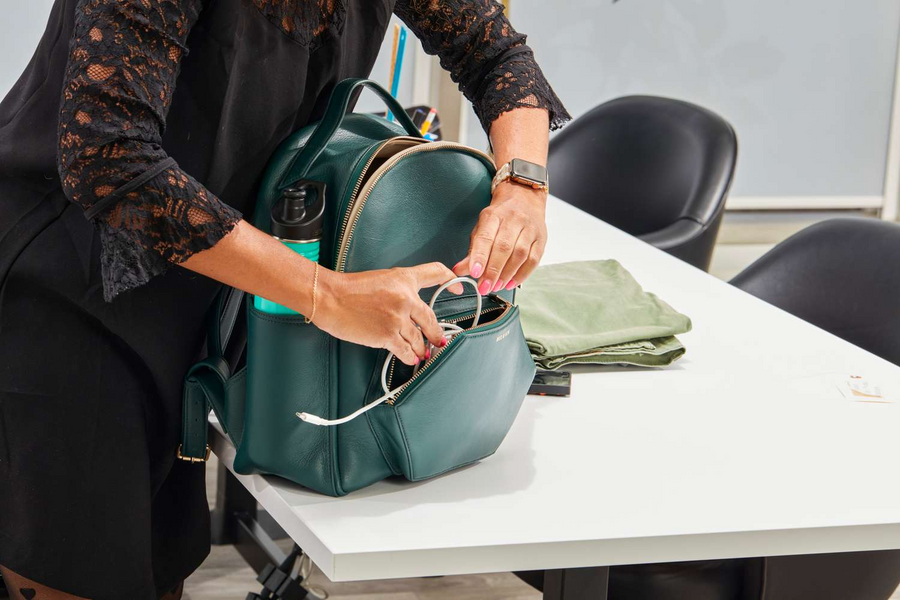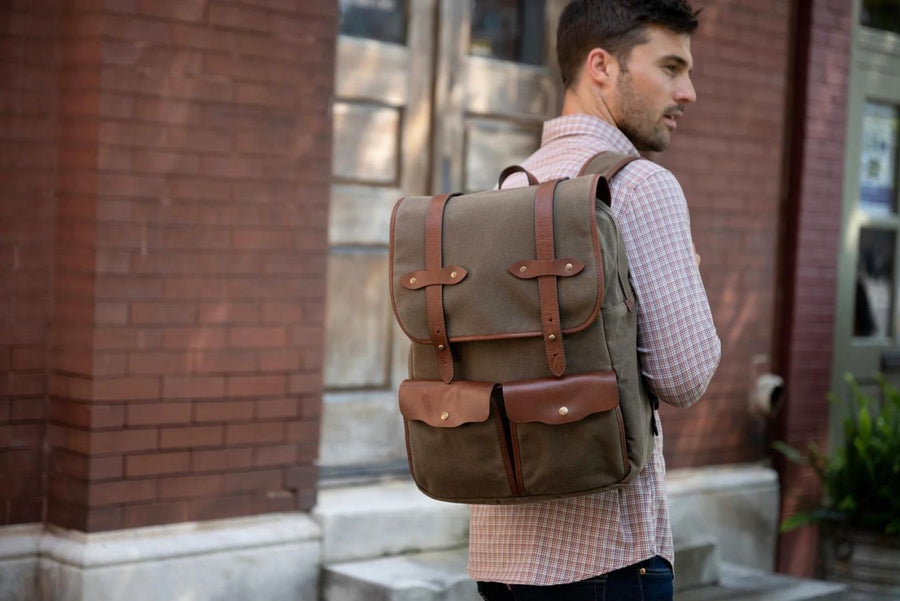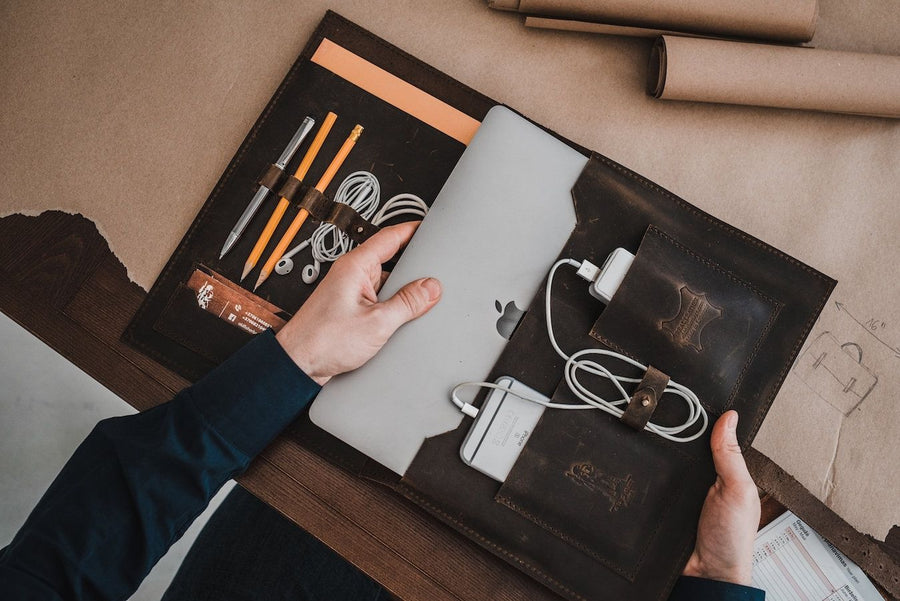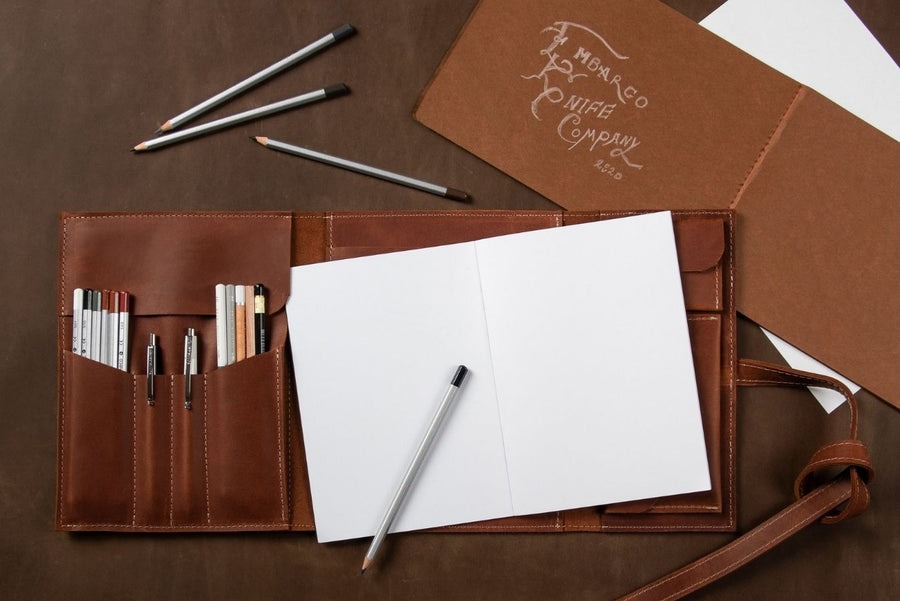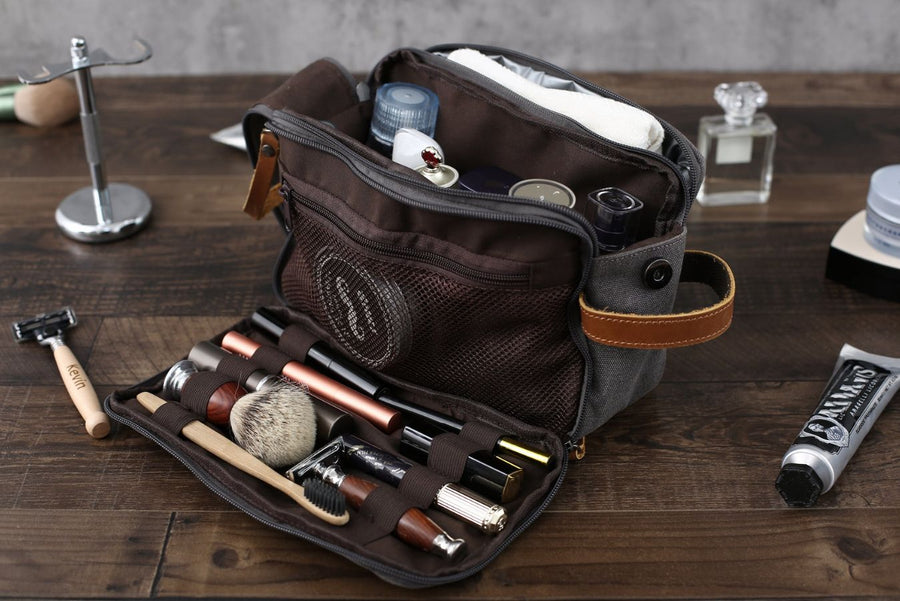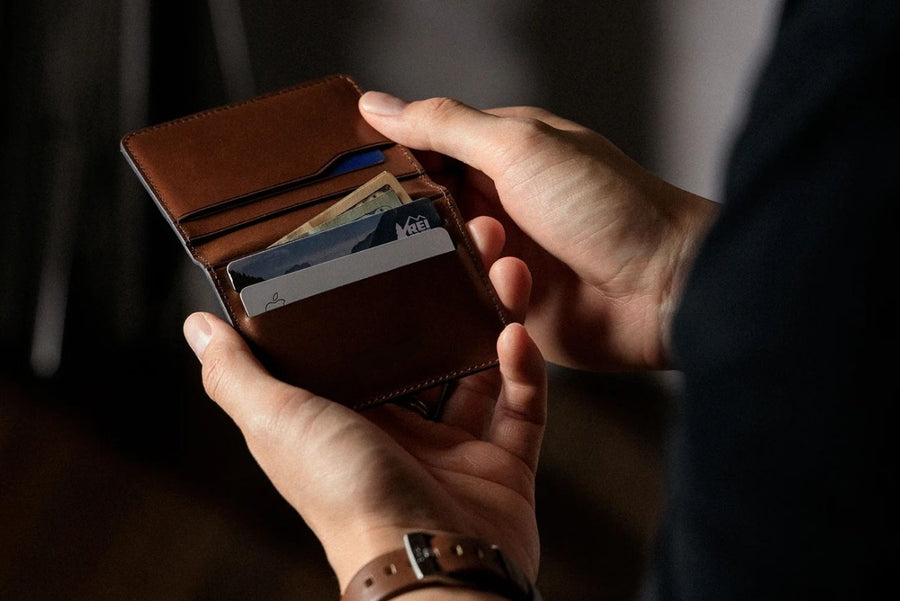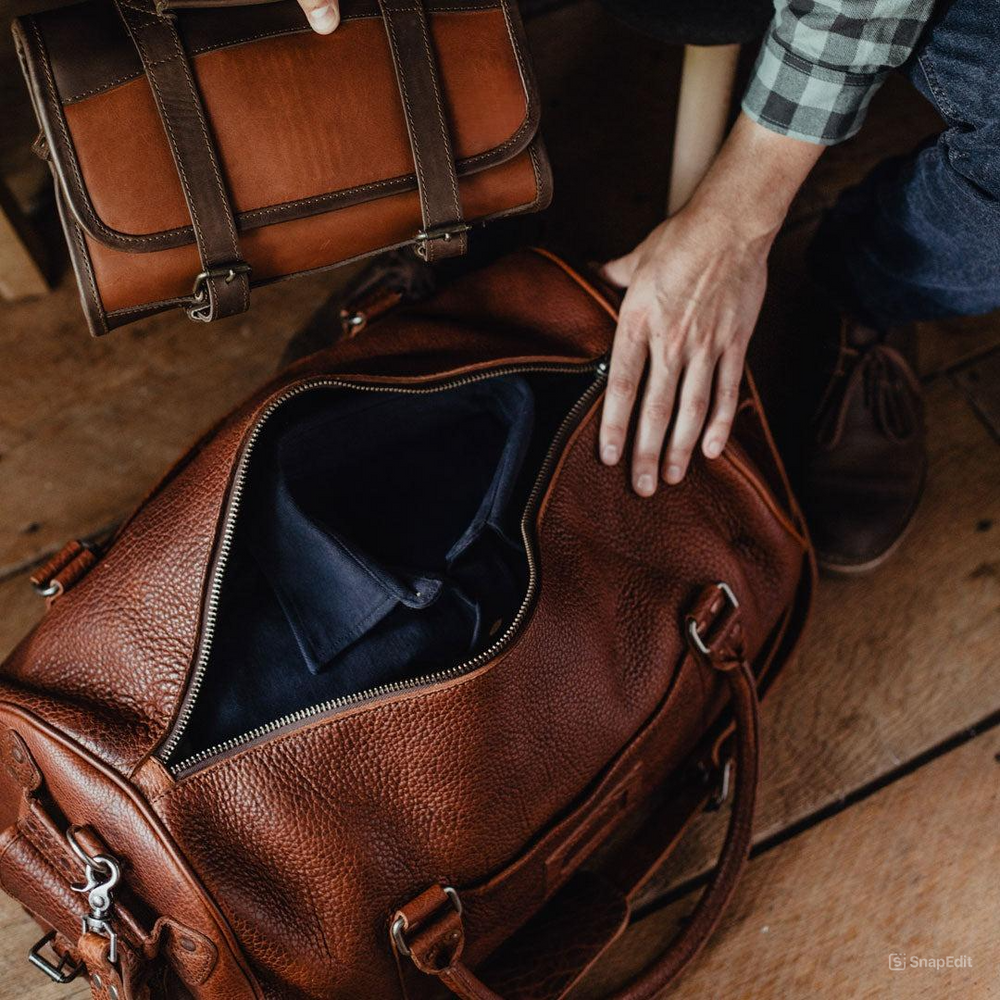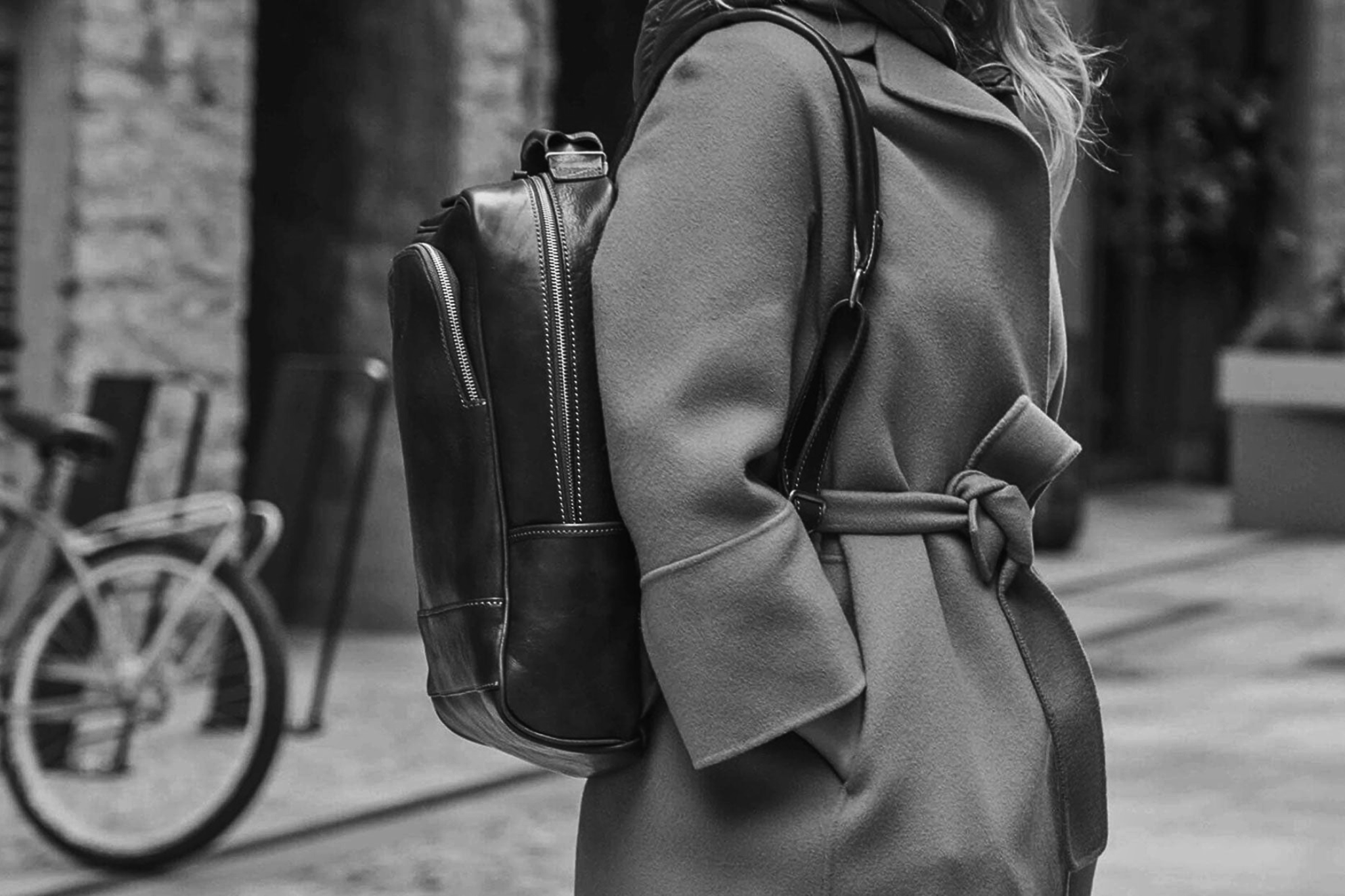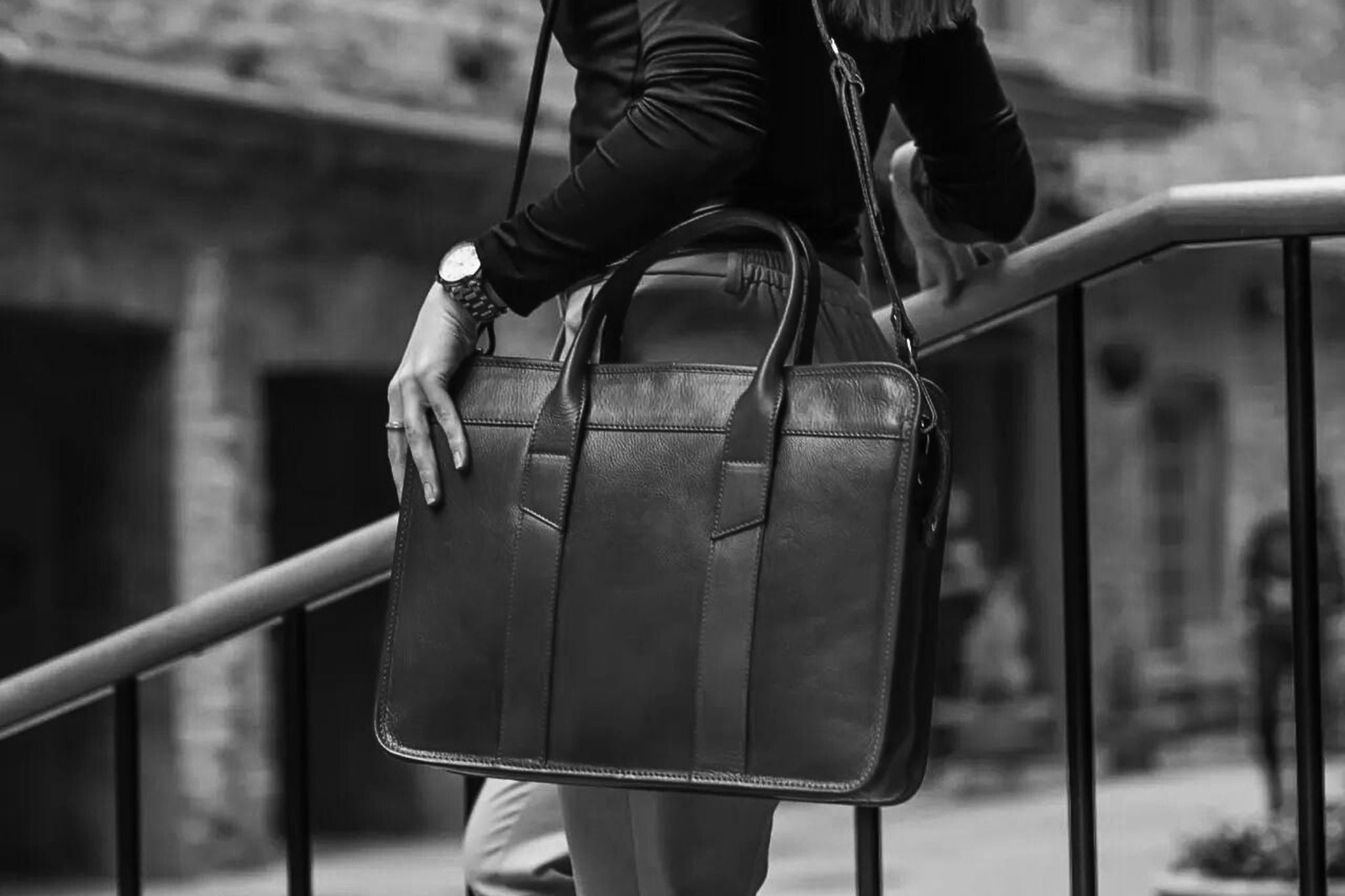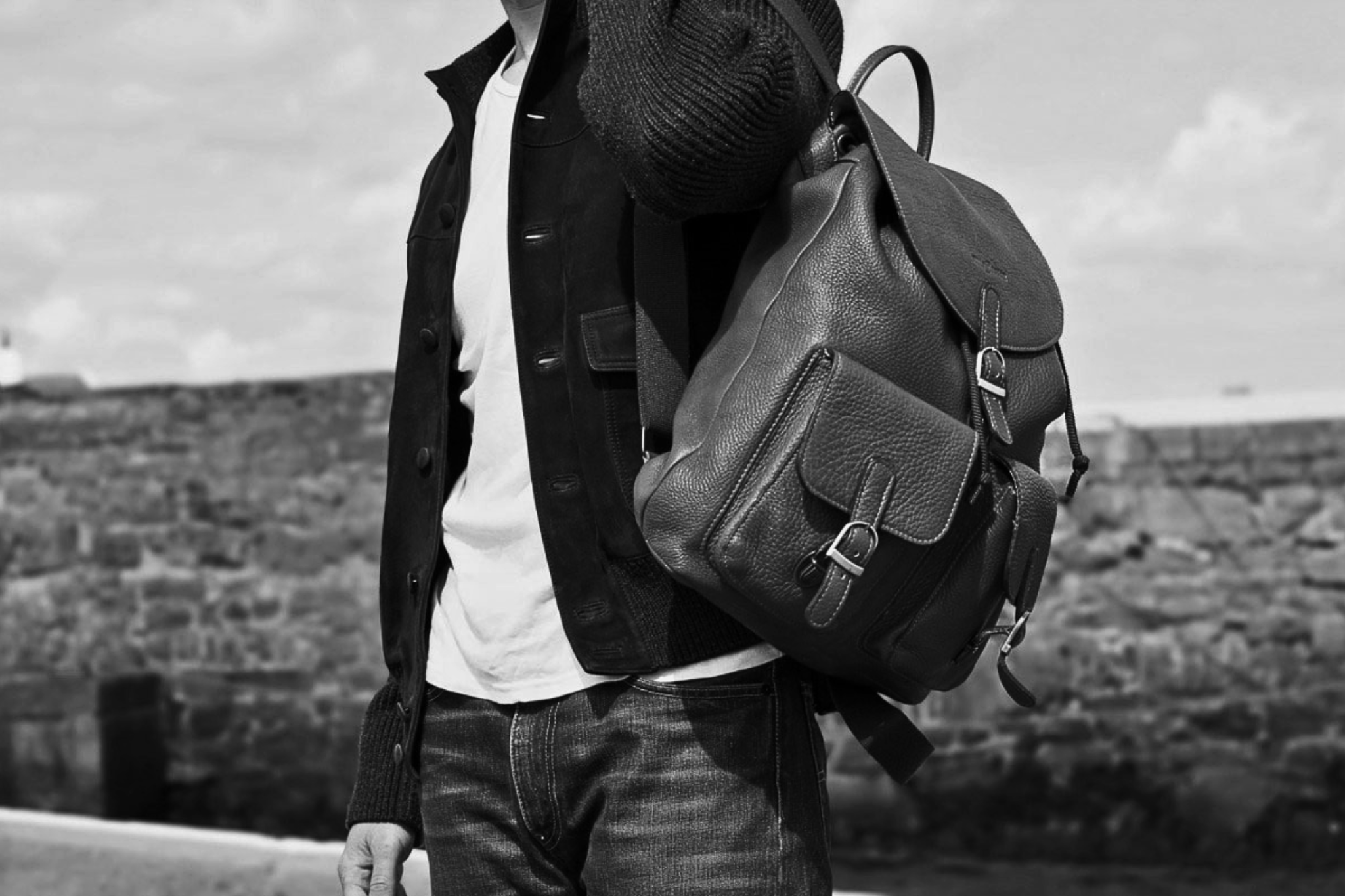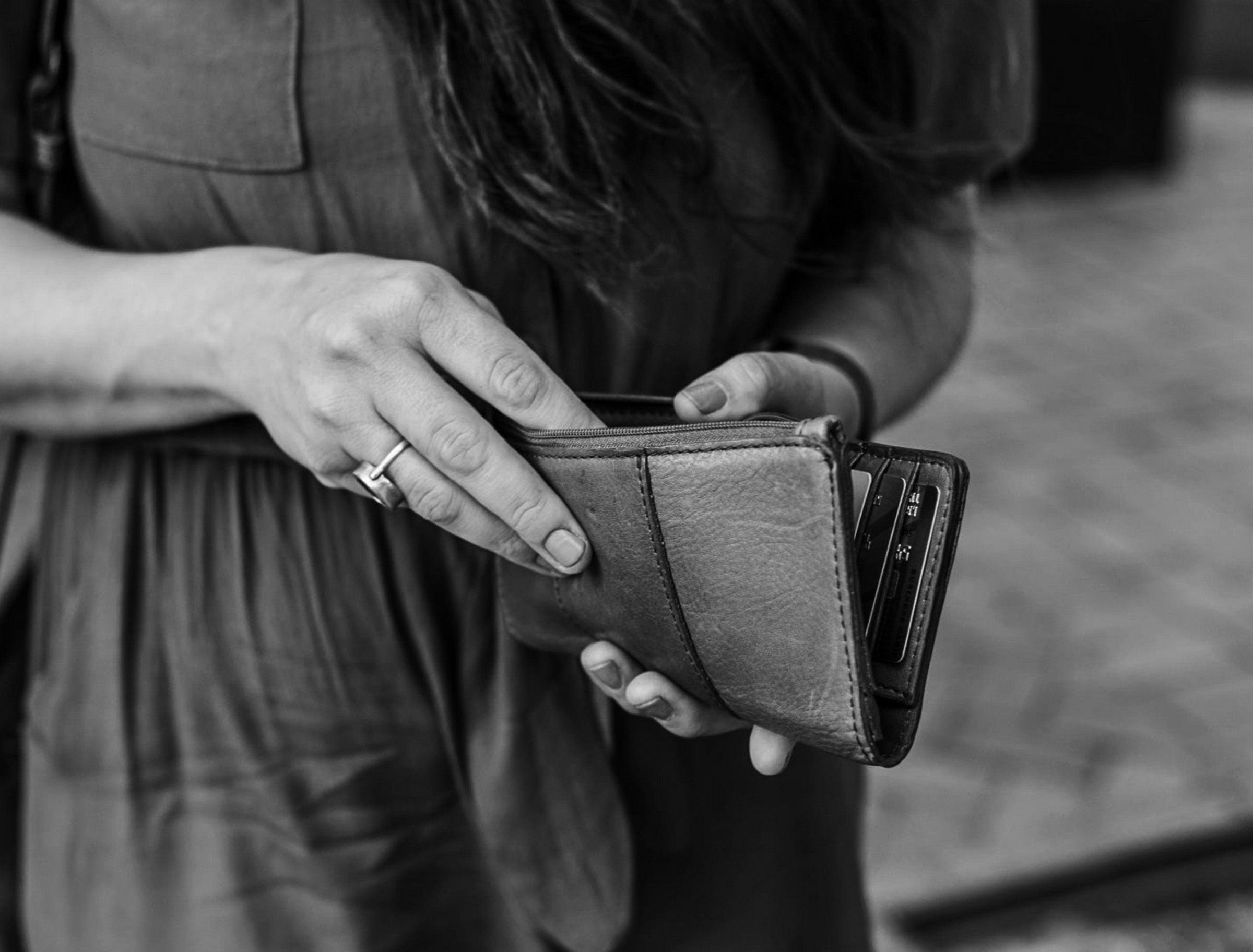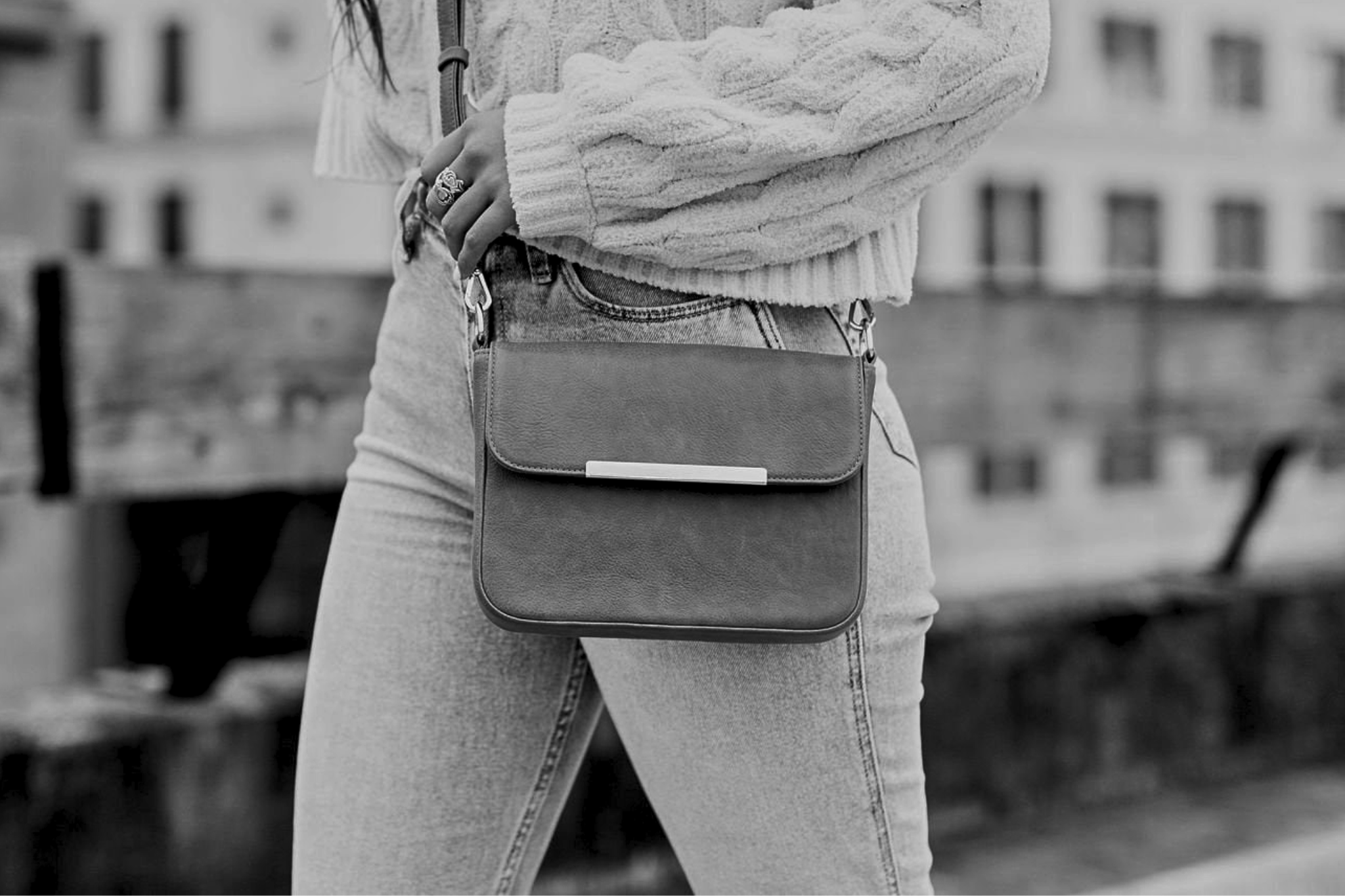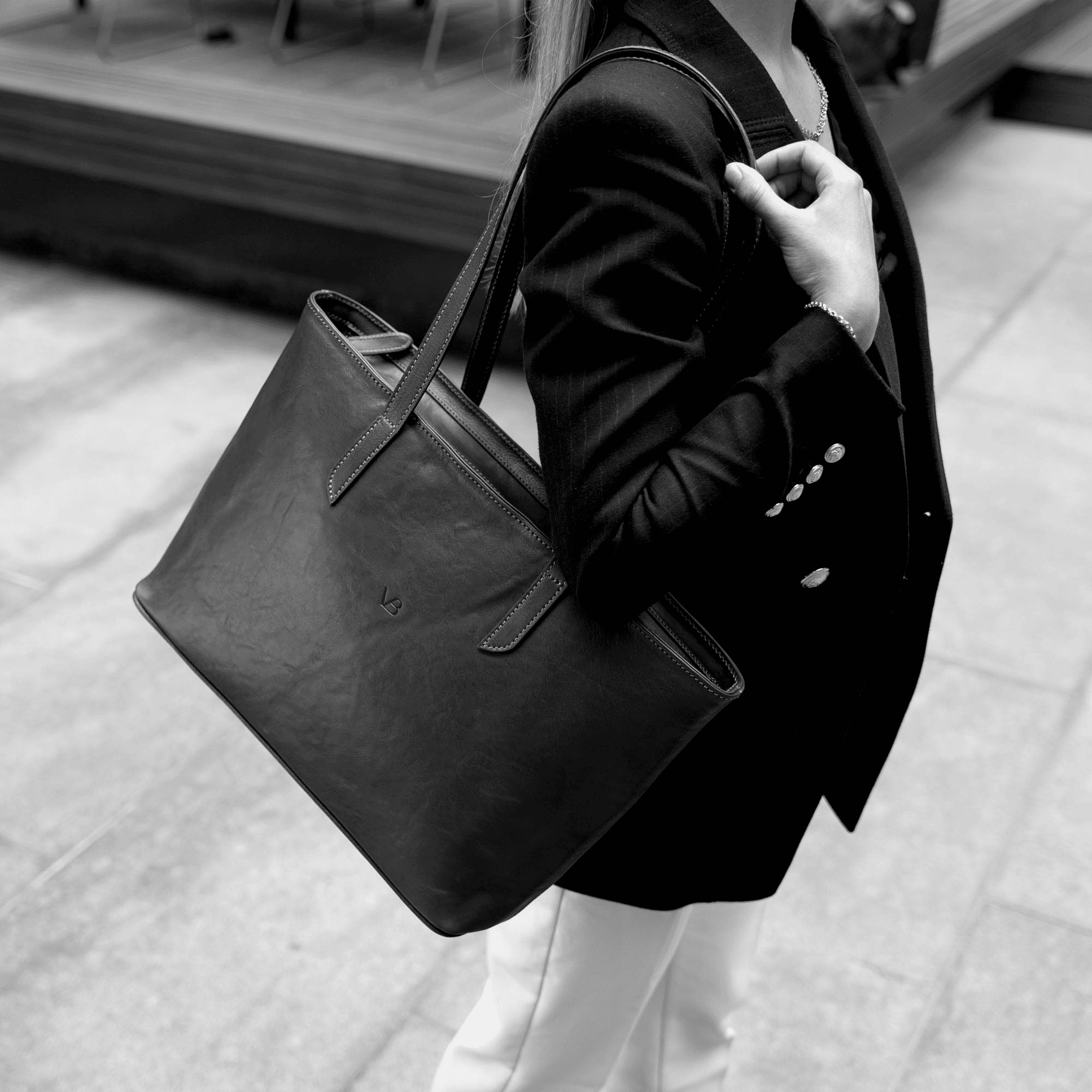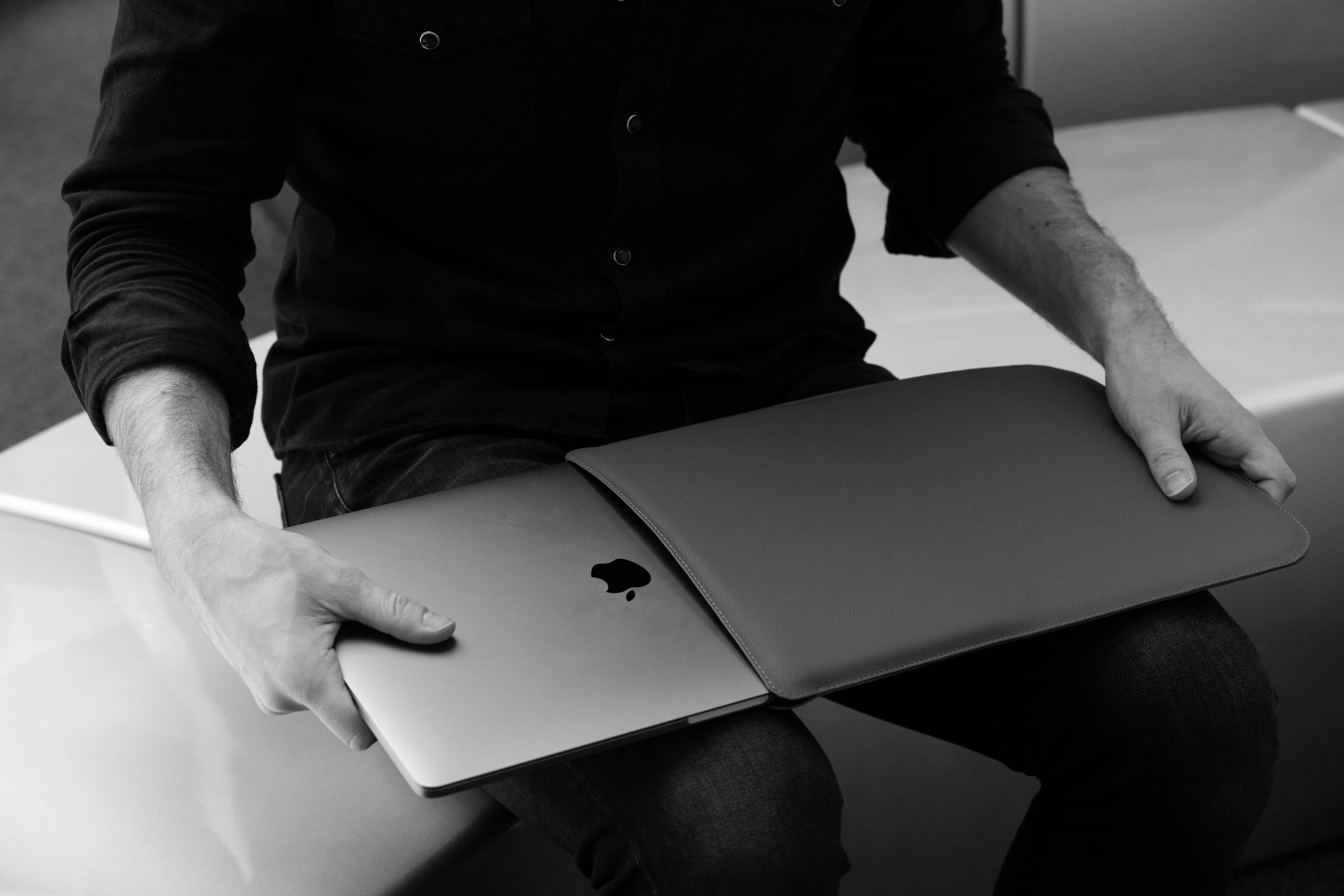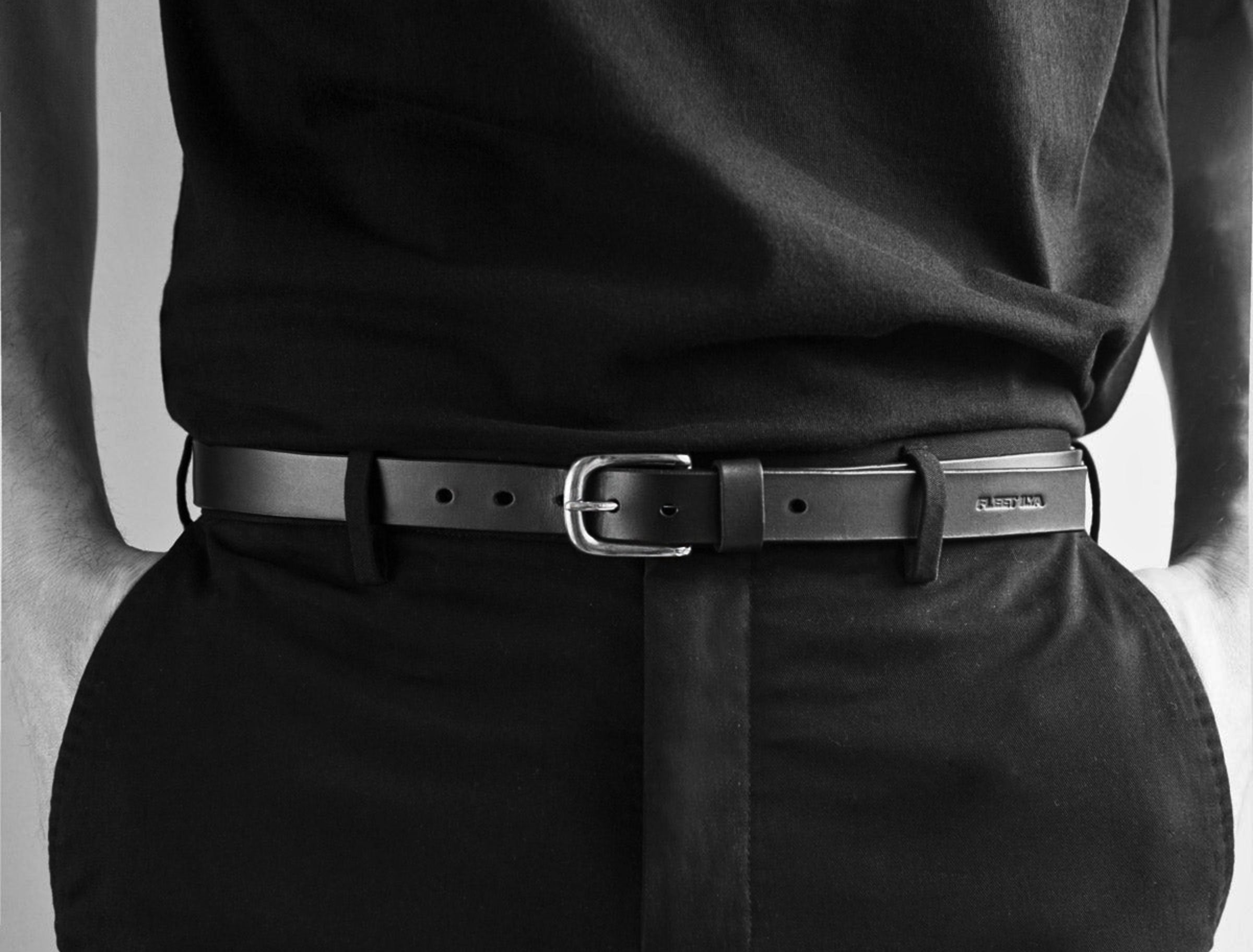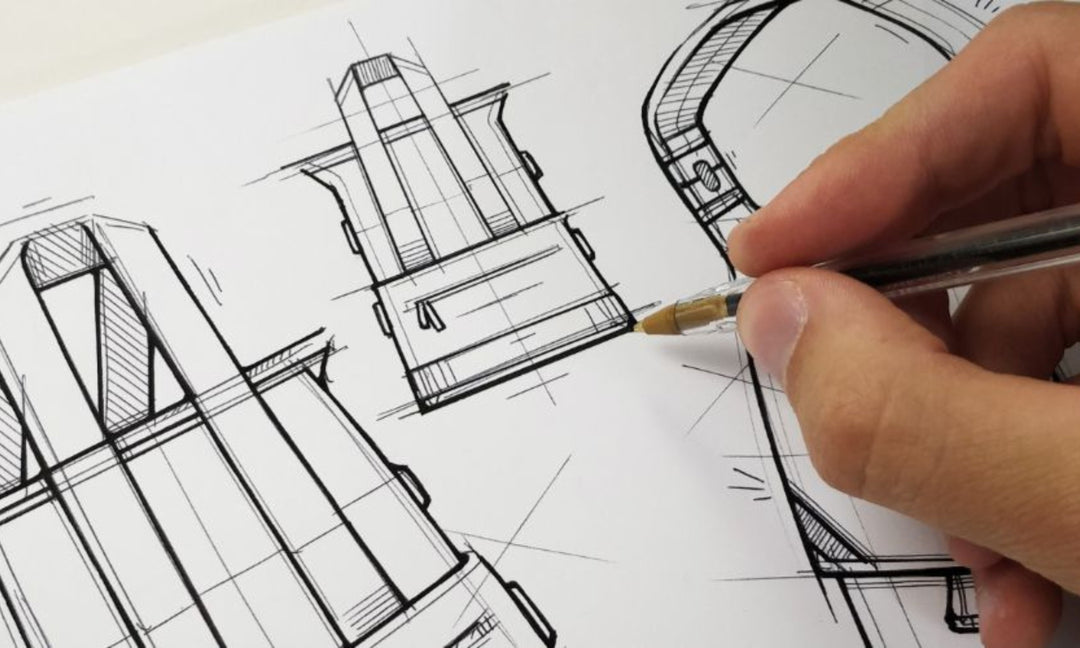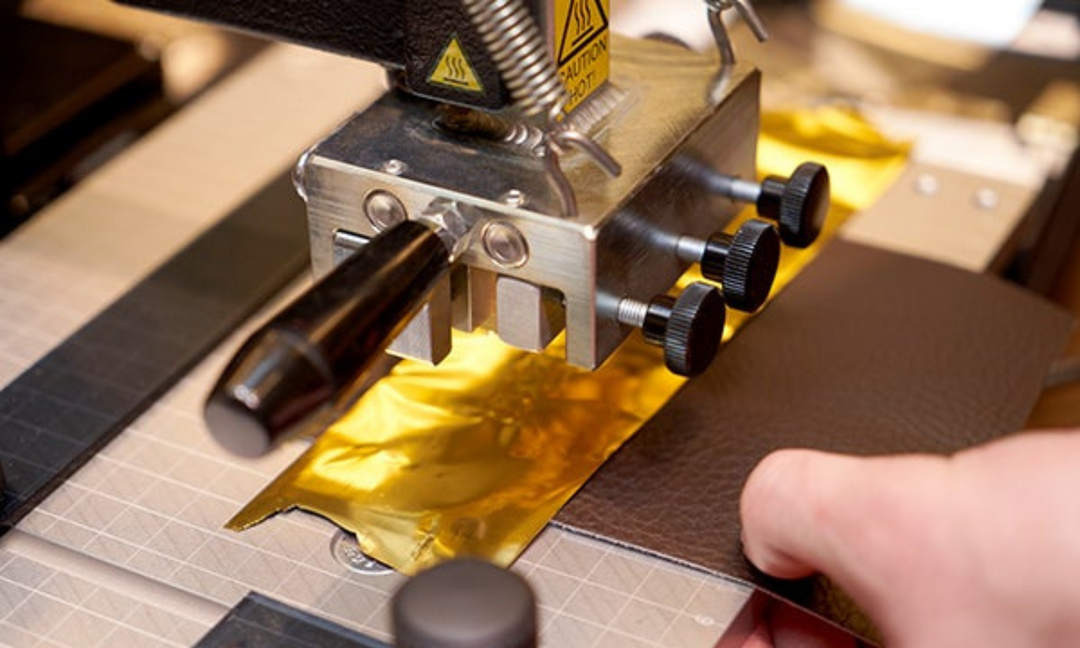How to Match Leather Bags With Shoes and Belts Without Overdoing It?
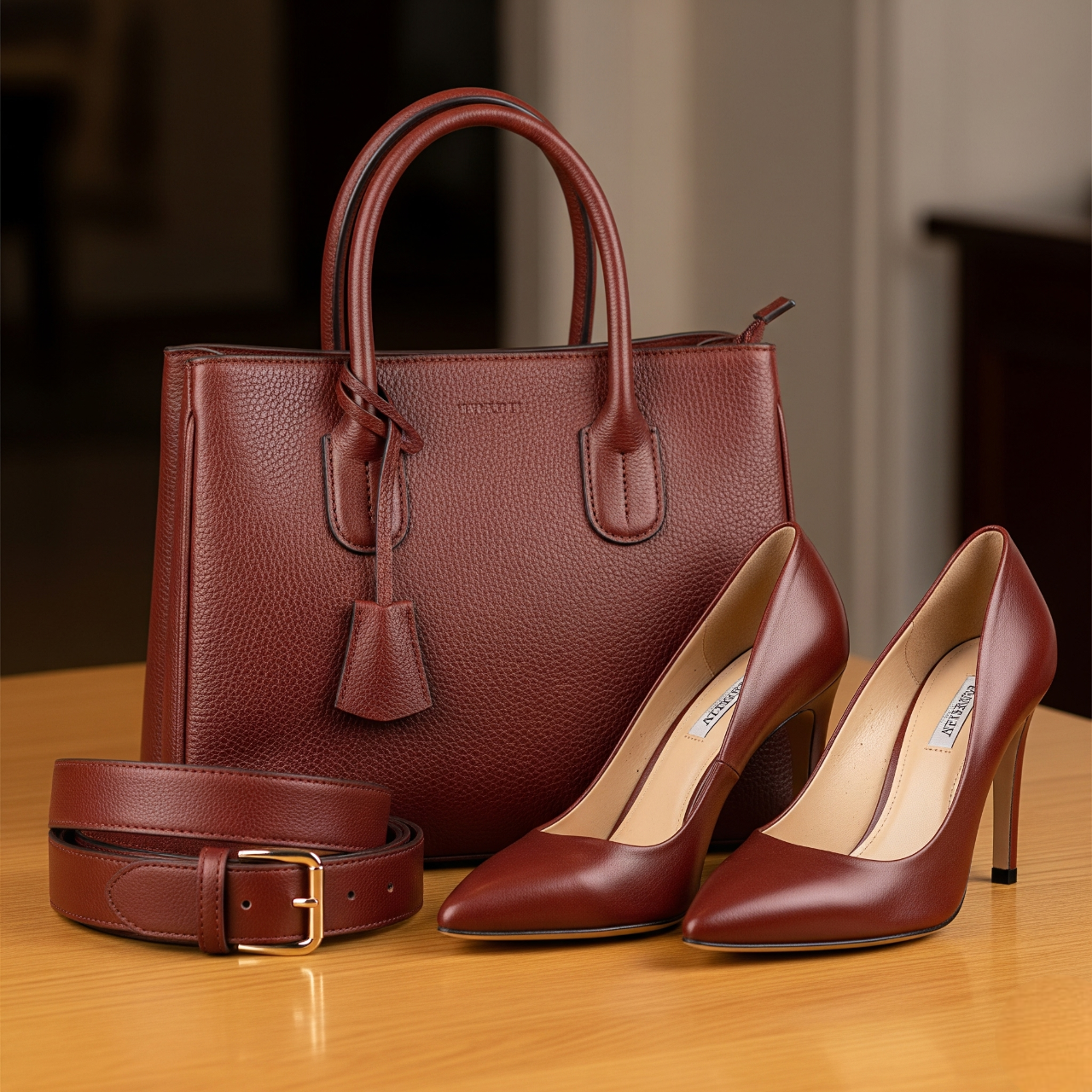
Leather accessories — bags, belts, and shoes — are staples in every stylish wardrobe. But coordinating them can be tricky: too much matching can feel forced, while too little can look disjointed. The key is achieving effortless harmony, where accessories complement your outfit without dominating it.
Here’s your definitive guide on matching leather bags with shoes and belts.
How to Match Leather Bags With Shoes and Belts Without Overdoing It?
1. Understand the Color Spectrum
The easiest way to create harmony is to match tones, not necessarily exact colors:
-
Classic matching: Brown shoes, brown belt, brown bag. Stick to similar shades for a traditional, polished look.
-
Contrast smartly: A darker bag with lighter shoes or vice versa adds depth without clashing.
-
Black leather: Usually works best with black shoes and belts — keep other accessories minimal to avoid visual overload.
-
Warm tones (tan, cognac, chestnut): Pairing slightly different shades can add sophistication, e.g., a tan bag with chestnut shoes.
Tip: Look at your outfit as a whole — include outerwear and other accessories when evaluating color balance.

2. Match Textures and Finish
Leather comes in multiple finishes — smooth, pebbled, matte, patent, or exotic textures like crocodile or ostrich. Matching finish can elevate your outfit:
-
Smooth leather bag → smooth leather belt → smooth leather shoes (classic)
-
Pebbled or grained leather bag → pebbled belt → matte or lightly textured shoes (modern, casual)
-
Avoid pairing shiny patent shoes with a heavily textured bag — the mismatch can feel jarring.
3. Size and Proportion Matter
Your leather accessories should complement your outfit’s scale:
-
A large tote or briefcase pairs better with chunkier shoes and a wider belt.
-
A slim crossbody or clutch works best with sleek, minimal shoes and thin belts.
-
Oversized shoes with a tiny bag can look disproportionate, so consider balance when styling.

4. Consider the Occasion
Different occasions call for different levels of matching:
-
Professional / office: Classic matching of leather accessories — shoes, belt, and bag in complementary tones and finishes.
-
Casual / weekend: Slightly contrasting colors or mixing textures is acceptable and stylish.
-
Evening / formal: Keep it minimal — black shoes and bag, a thin belt, and subtle metal accents (buckles, zippers).
5. Coordinate Hardware
Hardware (buckles, zippers, clasps) can unify your accessories without being overly matchy:
-
Metal tone matching: Gold-tone hardware on bag, belt, and shoes looks polished. Silver-tone hardware works the same.
-
Avoid mixing gold and silver unless it’s intentional for a modern, eclectic look.
-
Keep it consistent with other jewelry or watches.
6. Neutral Colors Are Your Friend
When in doubt, neutral leather tones make coordination simple:
-
Black, brown, tan, camel, and taupe leather are versatile and easier to pair.
-
Neutral shades allow you to experiment with textures, shapes, and minimal color contrast.
7. Don’t Force Exact Matches
The “match everything” rule is outdated. Modern styling favors:
-
Harmonious contrast: Shoes, bag, and belt in the same color family, but slightly different shades or textures.
-
Accent approach: Choose one standout leather piece and let the others remain neutral. Example: a bold cognac bag with black shoes and belt — eye-catching yet tasteful.

8. Seasonal Leather Considerations
-
Spring/Summer: Lighter shades like tan, camel, and cognac pair well with lighter outfits.
-
Fall/Winter: Darker leathers — chocolate, oxblood, black — complement deeper, richer seasonal wardrobes.
-
Texture: Matte finishes work year-round; glossy finishes are more formal.
9. Quick Coordination Rules
-
Stick to 2–3 leather items maximum per outfit for minimalism.
-
Match color families, not exact shades.
-
Coordinate hardware tone.
-
Consider size and texture balance.
-
Let your outfit dictate formality, not the accessories alone.
10. Examples of Stylish Combinations
-
Office classic: Black leather briefcase, black oxford shoes, black belt, subtle silver hardware.
-
Weekend casual: Tan messenger bag, light brown suede loafers, brown leather braided belt.
-
Urban chic: Dark brown crossbody, cognac ankle boots, chocolate belt with gold-tone buckle.
11. Maintenance Tips
-
Clean and condition leather regularly to maintain color and sheen.
-
Protect from moisture, excessive heat, or direct sunlight.
-
Rotate bags and shoes to prevent uneven wear.
Final Thoughts
Matching leather accessories doesn’t have to be complicated. By focusing on tone, texture, hardware, and proportion, you can create looks that feel coordinated, modern, and effortless. Remember: the key is harmony, not perfection. A slight variation in shade or texture can add personality while keeping your outfit polished.
